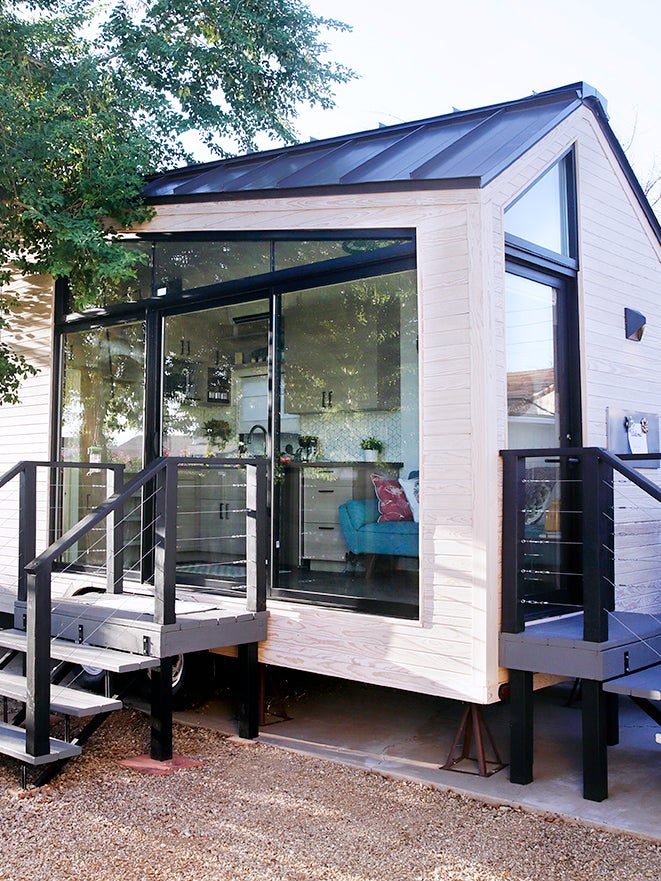You Only Have to Budget This Much to Fulfill Your Dream of Owning a Second Home
Living tiny is spiking again.
Updated Oct 11, 2018 9:44 PM
We may earn revenue from the products available on this page and participate in affiliate programs.
Remember tiny homes? We’ve spent the better part of the past year so focused on how to gain more space that downsizing fell off our radar. But teeny houses—yurts, RVs, cabins—are trending again. A recent survey by IPX 1031 revealed 86 percent of first-time buyers would consider a tiny home and 72 percent of all home buyers would consider purchasing one as an investment property, because when it comes to saving their money, they aren’t fooling around. While the median price for a starter home is $233,400, according to the National Association of Realtors, most tiny homes cost between $30,000 and $60,000.
So what should you do with that bonus $173,400? You can hold onto it for future travels or you can focus on the present and make improvements to your little nest by incorporating heating/AC and a fully functioning eat-in kitchen or designating a space for doing laundry (three of the most desired amenities, according to the survey).
Take a page out of Tyler Hjorting and Lexi O’Brien’s book and invest in solar panels (they scored the ones for their refurbished school bus for $900 on Amazon). Or save big on bringing in natural light, as Julie O’Rourke did: She made the majority of the windows in her 600-square-foot home fixed (only three are operable) and divided rooms with open shelving rather than drywall.
Whether you’re a first-time homeowner who wants to get your hands dirty with a DIY or a longtime city dweller looking to invest in a second home that’s a little more off the grid (Psst: Vermont, New Hampshire, and Maine are the most popular tiny home destinations), going small is the way to go.
Our Winter Renovation issue is here! Subscribe now to step inside Leanne Ford’s latest project—her own historic Pennsylvania home. Plus discover our new rules of reno.

